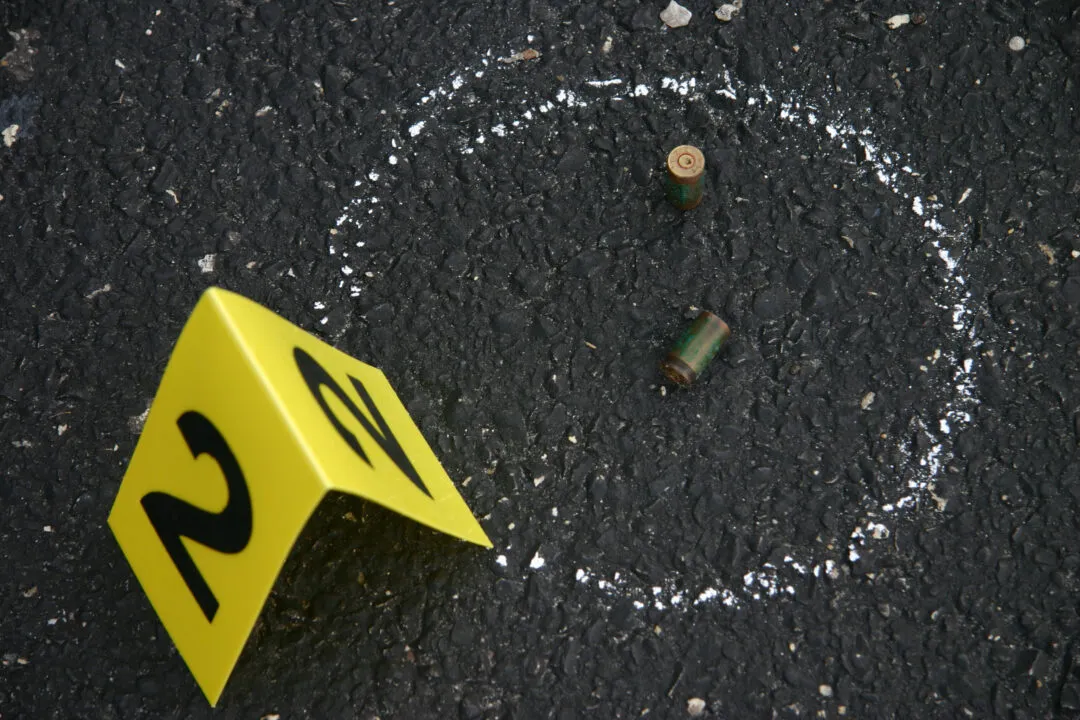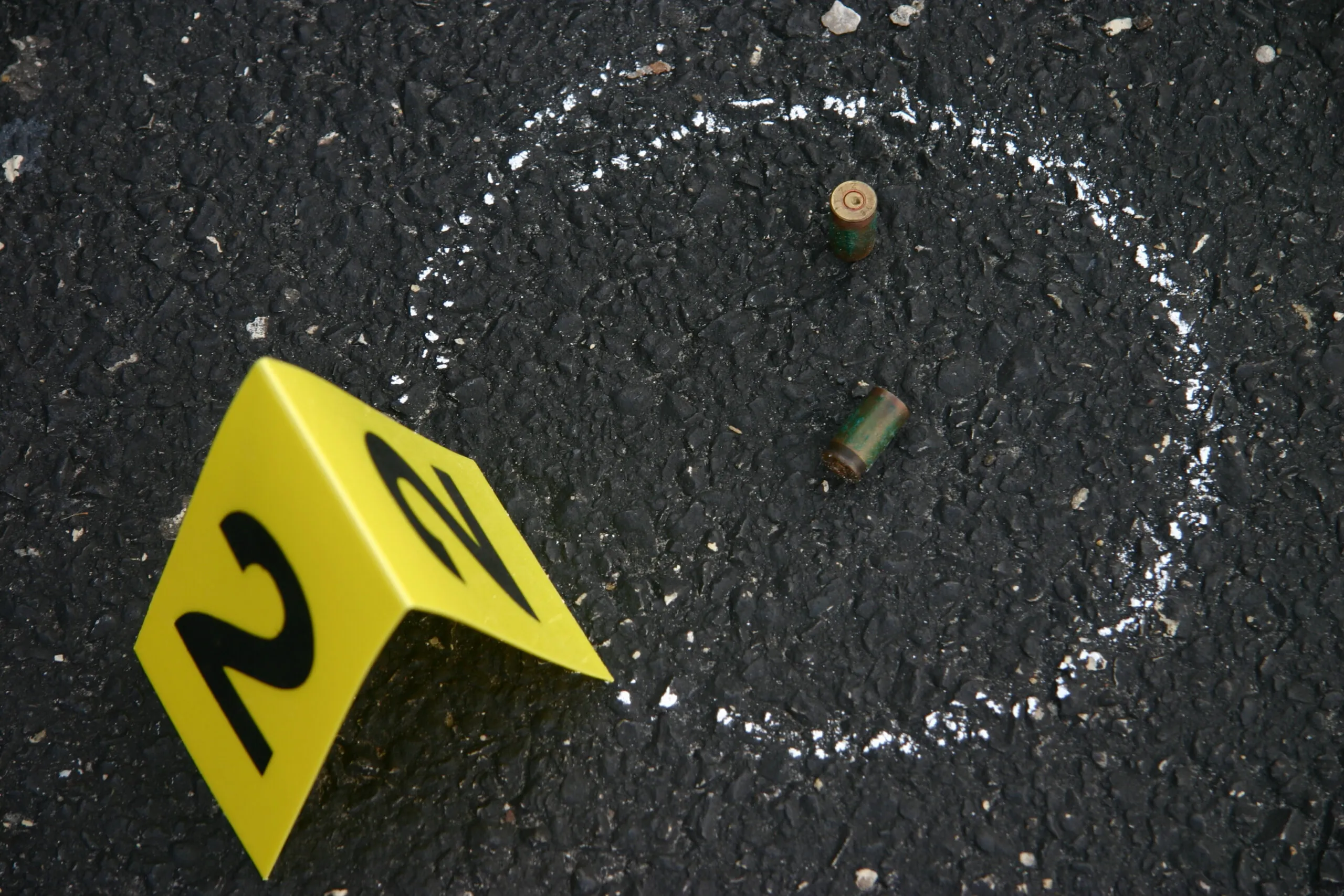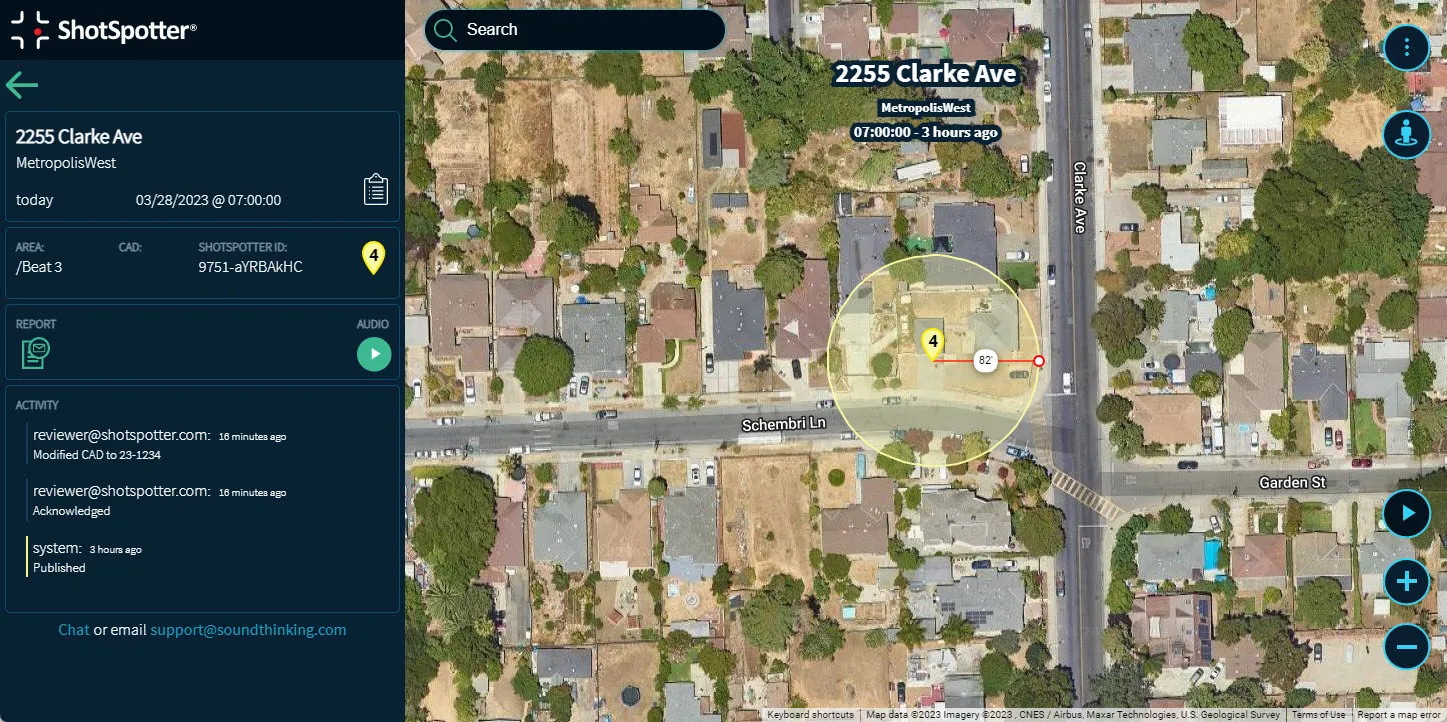As the CEO of SoundThinking, I am compelled to address the recent opinion piece by Taylor Skorpen, published by City Limits, which presents a misleading and uninformed critique of our ShotSpotter technology and disregards the substantial benefits it provides to communities plagued by gun violence.
ShotSpotter, the leading gunshot detection system, is effective, accurate, unbiased, and welcomed by people in the communities we serve. It helps NYPD and first responders save lives and mitigate the harmful effects of gun violence, especially in our most vulnerable and underserved communities where less than 20% of criminal gunfire discharges are unreported.
Despite these factual benefits, ShotSpotter is occasionally the subject of false, misleading and specious attacks by so-called “critics, such as Taylor Skorpen.” SoundThinking embraces feedback and respects differences of opinion. Unfortunately, the piece published in City Limits is not an example of reasoned debate; it is a distortive mischaracterization of truth buttressed by claims that have been manipulated to impersonate objective facts and intentionally mislead the public.
Here are four bogus and dishonest claims advanced by opponents like Mr. Skorpen regarding ShotSpotter’s efficacy – and the real story behind each.
Privacy Concerns:
The assertion that ShotSpotter’s sensors constitute a “wiretapping nightmare” is patently false. Our acoustic sensors are intentionally engineered to detect only loud, impulsive sounds characteristic of gunfire; the system simply does not have the capability to capture or record normal conversations. This design ensures that individual privacy is respected and maintained. In fact, the ACLU has previously reviewed ShotSpotter’s impact on privacy and concluded, “we didn’t think it posed an active threat to privacy.”
Accuracy and Reliability:
The article’s portrayal of ShotSpotter as “notoriously unreliable” is contradicted by empirical evidence. Independent audits have consistently validated our system’s accuracy. A comprehensive audit conducted by Edgeworth Economics confirmed that, from 2019 to 2023, ShotSpotter maintained an accuracy rate exceeding 97% in detecting, classifying, and publishing gunfire incidents in the over 150 deployed systems across cities in the United States. This high level of precision is critical in enabling law enforcement agencies to respond swiftly and effectively to gunfire incidents, thereby enhancing public safety.
Further, the author attempts to cast doubt on ShotSpotter’s effectiveness based on the claim that the absence of physical evidence of gunfire (e.g., a shell casing) at a ShotSpotter alert location indicates that no gunfire occurred and the alert must have been a false positive. Let me be clear: Absence of evidence is not evidence of absence. The failure to recover shell casings, weapons, or witness testimony in response to a ShotSpotter alert does not definitively prove that gunfire did not occur. Many gunfire incidents, particularly in urban environments, may not leave evidence that first responders can locate and recover. For example, shooters may remove shell casings, police may arrive after a scene has been cleared, physical evidence may be obscured, or the shooter may have used a revolver, which, unlike a semi-automatic weapon, does not eject casings. The assumption that the lack of tangible proof invalidates an auditory detection importantly ignores the reality of the investigative process. [By the way, most 911 “shots fired” calls made to a dispatch center also do not lead to physical evidence recovery. Should we get rid of 911 systems too?]
Further, ShotSpotter alerts does in fact provide critical digital evidence. ShotSpotter captures and preserves audio snippets of potential gunfire, effectively making NYPD an auditory witness to these incidents. These recordings have been determined by judges to be credible pieces of evidence and have been admitted in hundreds of court cases nationwide by both prosecutors and defendants.
Transparency and Community Engagement:
Contrary to claims of a “lack of transparency,” SoundThinking is committed to openness and accountability. We have undergone independent privacy audits and have actively engaged with community stakeholders to address concerns and provide clarity about our technology’s operations and functionality. Our goal is to foster trust and collaboration with the communities we serve, thereby ensuring that our solutions align with their safety needs and privacy expectations.
Impact on Public Safety:
The suggestion that ShotSpotter offers “little in return” is a disservice to the tangible benefits our technology delivers, which are regularly touted by law enforcement and public officials.
NYPD’s observed success in using ShotSpotter to reduce crime is not an anomaly. Communities nationwide and research have documented ShotSpotter’s role in yielding an overall reduction in crime, including:
- The NYU Policing Project found that “the eight beats [in St. Louis County] with ShotSpotter…accounts for around ten fewer assaults per month that can be attributed to ShotSpotter, or around a 30 percent decline in reported assaults.”
- A study by the Center for Crime Science and Violence Prevention showed that, after Winston-Salem, NC, deployed ShotSpotter in August 2021, “[a]ggravated assaults [we]re down 26% comparing before-after results in the ShotSpotter area.” Even more significant is the fact that “[c]omparable area and overall city numbers indicate[d] an increase in aggravated assaults during the same period [but, c]omparatively[,] assaults [we]re down 38% in the ShotSpotter community.”
- In areas of Cincinnati where ShotSpotter is deployed, “reports for shots fired have decreased by approximately 45%…controlling for before/after-effects as well as control sites, and that this finding is significant.”
Mr. Skorpen also omitted the fact that one of the most useful and long-lasting advantages that ShotSpotter affords to law enforcement is recovering illegal firearms. This provides evidentiary value if a crime has already been committed with the recovered weapon and/or preventative value from future crimes being committed with the seized gun.
Ergo..

In numerous instances, ShotSpotter has facilitated life-saving interventions by alerting authorities to gunfire incidents that would have otherwise gone unreported. For example, in Chicago, ShotSpotter has led police to locate hundreds of gunshot wound victims where there was no corresponding call to 911, ensuring timely medical assistance and improved investigative outcomes.
In conclusion, while we welcome informed discussions about public safety technologies, it is imperative that such dialogues are grounded in fact. SoundThinking remains steadfast in our mission to provide reliable, privacy-conscious solutions that aid in reducing gun violence and enhancing the quality of life in communities across the nation.





